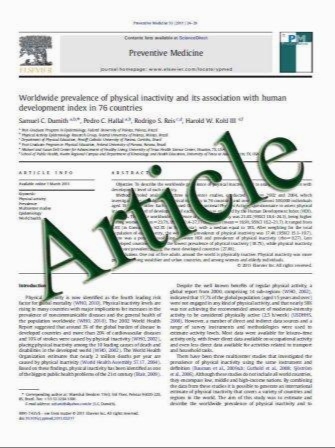Intraventricular migration of the bone dust. Is a second operation for removal necessary? Case report and review of the literature
- نوع فایل : کتاب
- زبان : انگلیسی
- مؤلف : Tuncer Turhan & Yusuf Ersahin
- چاپ و سال / کشور: 2010
Description
Purpose As the number of endoscopic third ventriculostomy (E3V) operations increase, new rare complications are encountered. In this article, a complication caused by bone particles that migrated into the third ventricle will be described. Additionally, the methods of avoidance as well as the necessity of a new approach will be discussed. Methods After the video images of the first and second operations of a patient who was subjected to E3V twice were compared, it was discovered that one of the bone particles within the ventricle had occluded the ostium after the second operation. Most of the bones were removed and their pathological investigations were performed. Results Video images of the patient, surgical observations of the second operation, emergence of the time of dysfunction, and other similar cases in the literature were assessed, and it was concluded that the bones that localized intraventricularly were living tissues. Discussion Abandoning usage of bone dust for sealing burr holes is a solution to avoid this complication. In addition, it should be kept in mind that intraventricular bone particles might grow and lead to obstructions. If such particles are detected, removal of the bones in certain locations before formation of neovascularization can be an option.
Childs Nerv Syst (2011) 27:719–722 DOI 10.1007/s00381-010-1339-z Received: 15 October 2010 / Accepted: 9 November 2010 / Published online: 20 November 2010


